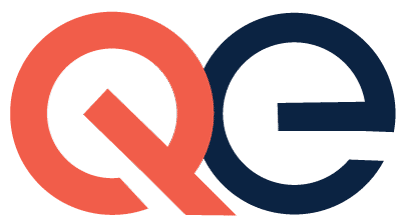Despite a growing emphasis on equity across research and policy, disability is often missing from the discussion. However, equity is a critical consideration for the disability community as information, physical spaces, and opportunities are often inaccessible to people with disabilities.
Mathematica's Center for Studying Disability Policy, along with federal partners from the Social Security Administration’s Office of Research, Demonstration, and Employment Support; the U.S. Department of Health & Human Services’ Administration for Children and Families, and the U.S. Department of Labor's Office of Disability Employment Policy, recently held a virtual roundtable to discuss an important component of equitable research -- engaging people with lived experience throughout the research and evaluation life-cycle. Their purpose was to discuss meaningful participation in evaluation research by those most impacted by the program or policy in consideration.
The following are selected insights and recommendations from their conversation:
- Build a schedule that allows for more time to gather and incorporate input from the community that you want to engage. Genuinely engaging people with lived experience and gathering their input in a way that it can shape research takes time.
- Tap into pre-existing community organizations within the community you want to engage with. A local government could be better situated than the federal government in consulting local community groups.
- Discuss expectations and roles with people from the beginning to increase the level and quality of engagement.
- Collect a diversity of perspectives, as opposed to consensus. People with disabilities are not a homogenous group.
- Move forward with incorporating engagement practices rather than reverting to familiar ways, despite the challenges to being quickly responsive and adaptive to the emergent needs that come from community feedback.
- Move past the "federal agency knows best" mind-set and seek out community-based solutions informed by people with lived experiences and diverse abilities.
We encourage you to listen to and learn from the full discussion: Insights from Federal Agencies on How to Engage People with Disabilities in Policies, Programs, and Evaluations (mathematica.org)
Learn More About Community Outreach and Engagement
Use these resources to learn more about how community engagement can lead to improved quality employment outcomes for people with disabilities.

